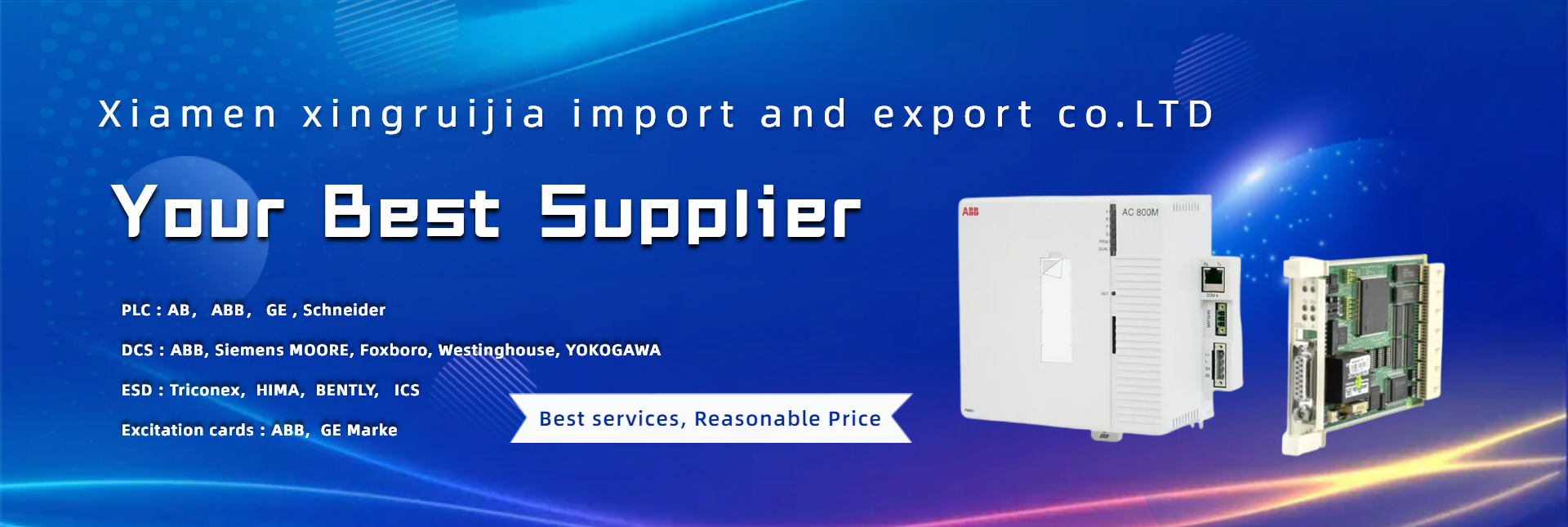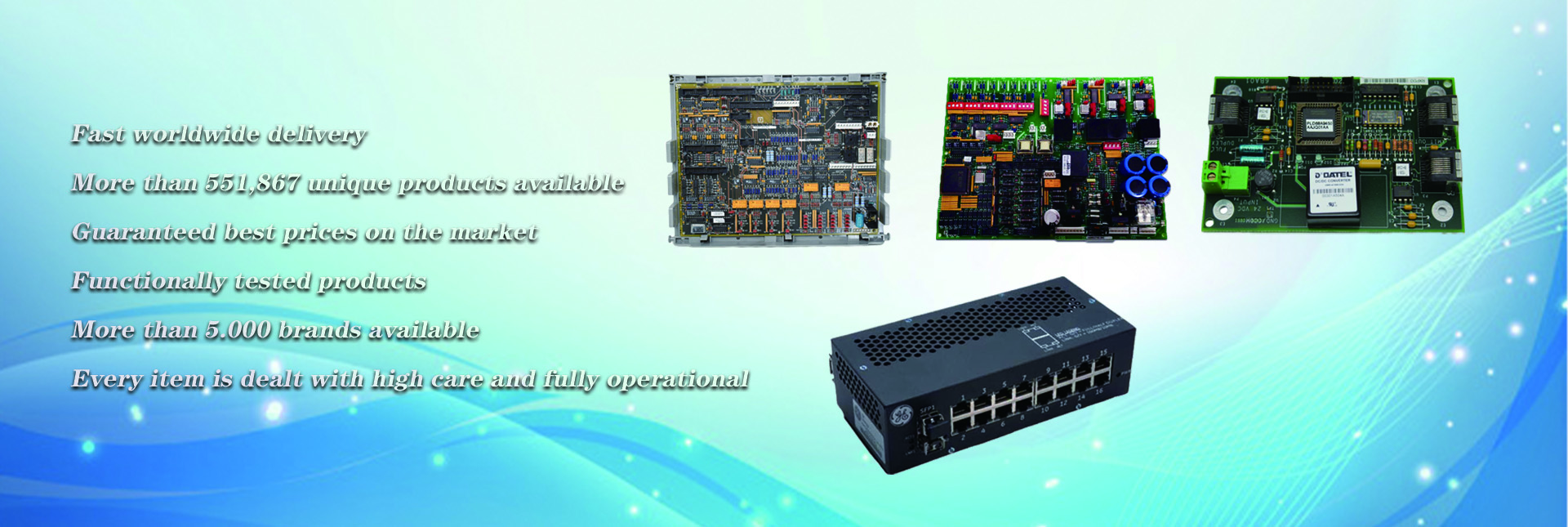There are many kinds of PLC products, and their specifications and performance are also different. The classification of PLC is generally based on the difference of its structure, function and I/O points.
1. Classification by I/O points
(1) Small computer. The total number of input and output points of small PLC is generally less than 256 points, its function is mainly to control the switching value, and the user program memory capacity is less than 4K words. Small PLC is characterized by small size and low price, which is suitable for controlling single equipment and developing electromechanical products.
(2) Medium sized machine. The total number of input and output points of medium-sized PLC is generally 256~2048, and the user program storage capacity reaches 2~8K words. Medium PLC not only has the control function of switching value and analog value, but also has stronger digital computing ability. Its communication function and analog processing ability are more powerful, and it is suitable for complex logic control system and continuous production process control occasions.
(3) Mainframe. The total number of input and output points of large PLC is more than 2048, and the storage capacity of user program is 8~16K words. It has the functions of calculation, control and adjustment, as well as strong network structure and communication networking capabilities. Its monitoring system adopts CRT display, which can represent the dynamic process of the process. Mainframe is applicable to equipment automation control, process automation control and process monitoring system.
2. Classification by structure
According to the different structure of PLC, PLC can be divided into two types: integral type and modular type.
(1) Integral structure. Integral type is also called unit type or box type. It is small in size and low in price. Small PLC generally adopts integral structure.
The integral structure is characterized by compactly installing the basic components of PLC, such as CPU module, I/O module and power supply, into a standard enclosure to form a basic unit or expansion unit of PLC. There is no expansion port on the basic unit, which is connected to the expansion unit through expansion cables to form different PLC configurations.
The integrated PLC is also equipped with many special function modules to expand the functions of PLC.
(2) Modular structure. The PLC with modular structure is composed of some module units, which can be inserted on the frame or the base plate. The functions of each module are independent, the overall dimensions are unified, and the inserted modules can be flexibly configured as required. At present, most large and medium-sized PLCs adopt this structure.
3. Classification by function
According to the different functions of PLC, PLC can be divided into three categories: low, medium and high.
(1) Low grade PLC: It has the basic functions of logic operation, timing, counting, shifting, self diagnosis, monitoring, etc., and also has the functions of a small amount of analog input/output, arithmetic operation, data transmission and comparison, communication, etc. It is mainly used for single machine control system of logic control, sequence control or a small amount of analog control.
(2) Medium grade PLC: In addition to the function of low-grade PLC, it also has strong analog input/output, arithmetic operation, data transmission and comparison, number system conversion, remote I/O, subprogram, communication networking and other functions. Some can also add interrupt control, PID control and other functions, suitable for complex control systems.
(3) High grade PLC: In addition to the function of medium grade computer, it also adds the operation, tabulation and table transmission functions of signed arithmetic operation, matrix operation, bit logic operation, square root operation and other special function functions. High grade PLC has stronger communication networking function, which can be used for large-scale process control or constitute a distributed network control system to achieve factory automation.
Post time: Dec-21-2022


